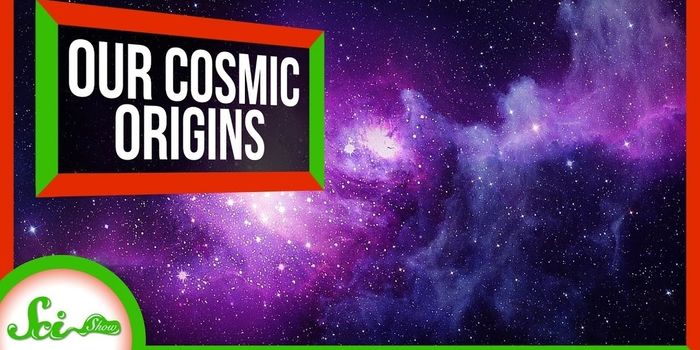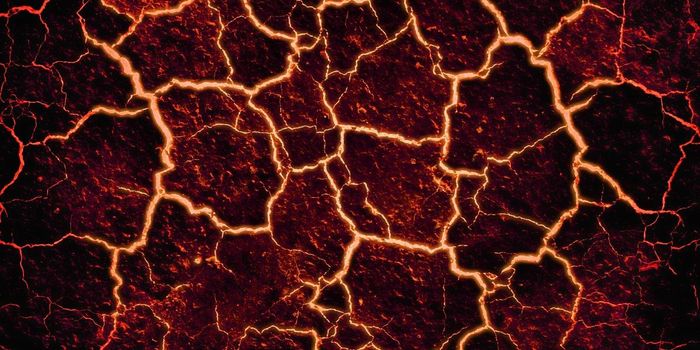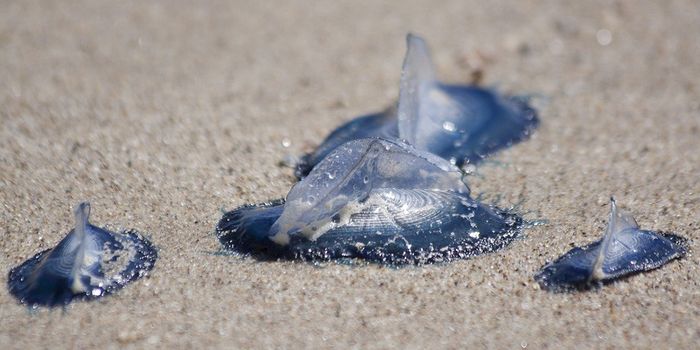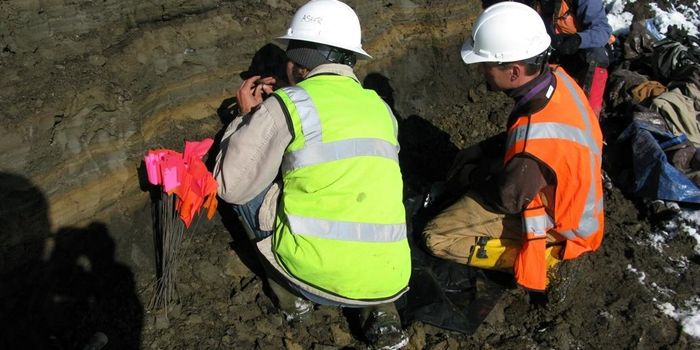Whiskey is one of the most popular alcoholic concoctions created by distilling fermented grains. The popularity of this drink is not limited to just the Scottish, who are often credited with perfecting the art of whiskey distillation.
The process of making whiskey starts with mashed grains, including barley, corn, rye, wheat, and even quinoa. Use of different mashed grains yields different varieties of whiskey. Then the mixture is fermented with the aid of yeast, which turns the sugars into alcohol. Next, the alcohol vapors are collected in the distillation process, and the liquids are aged in oak casks for years. Only after the liquid is deemed mature can it be bottled for distribution and consumption.
Watch the video to learn some more tidbits to share with your friends on World Whiskey Day, which occurs on the third Saturday in May each year. For 2017, pencil in Saturday May 20 for some whiskey indulgences.








